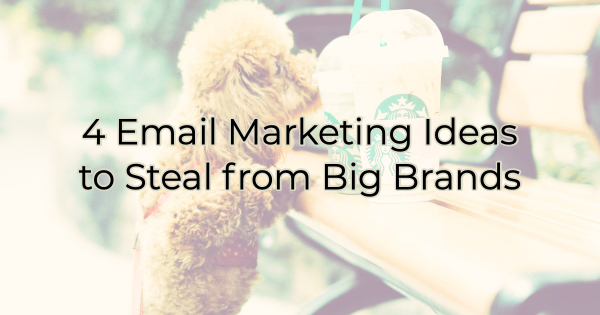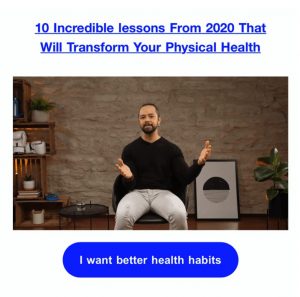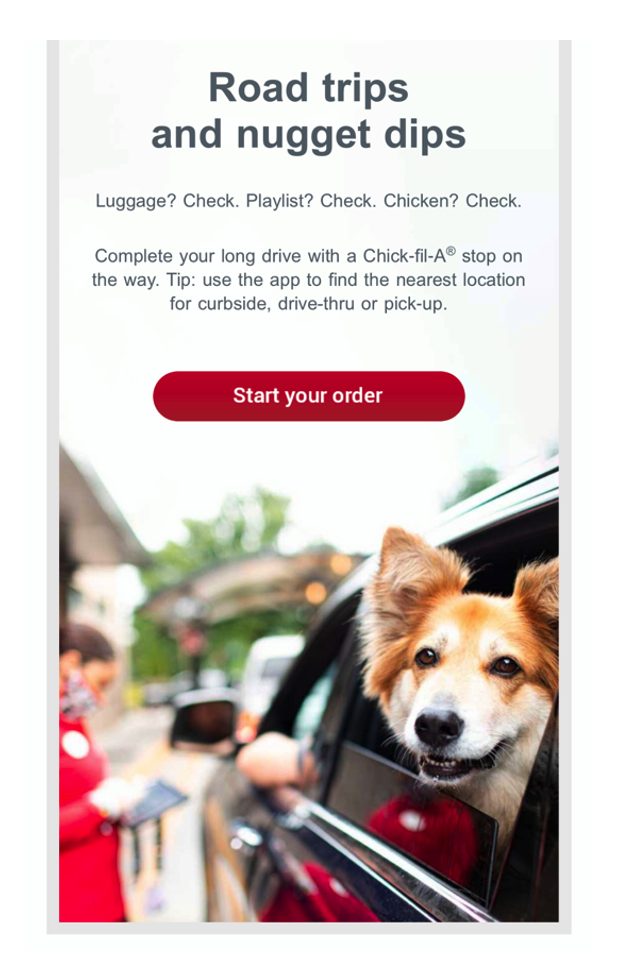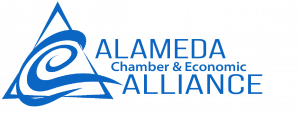Have you ever watched a Superbowl commercial and thought, “If I had a budget as big as that company I could make the best commercial.”? It’s easy to assume a large budget means a lot more possibilities and we won’t argue that.
Big brands can afford to hire the best and the brightest marketers out there. And that’s why you can learn a lot from them. But what they do isn’t always out of reach. In fact, there are many ways to copy what they do for very little (if any) money.
Email marketing, for instance, is one area that’s becoming a level playing field these days. It takes very little money to build an email list and begin nurturing customers and potential customers.

Here are a few ideas stolen from big brands that you can easily adopt in your business for stronger conversions.
Summary Emails
If you have an online community, blog, or social media group where exciting things are occurring around your brand, you don’t want anyone to miss the action. But none of us are online all the time. Even those of us who spend a lot of time online may miss something due to busy days or algorithms that aren’t quite in tune with what we deem important.
That’s why sending a periodic summary email of top discussions, important Q&As, or hot happenings can go a long way in engaging your audience. Keep the emails brief with headlines, 1–2-line teasers, and links back to the action.
Use your marketing software to keep track of what links are clicked and what information is important to whom. It can help you better customize future emails and create more content that your audience is interested in.
Customize Your Message
If you send emails to a lot of people, don’t send the same one to everyone unless everyone on your list is interested in the exact same thing. (Hint, hint. That’s unlikely.) Look at your data and customize a message for targeted groups within your larger group. This type of targeting makes people feel like you know exactly what they need, and they will be more prone to act on your suggestions in the future. For instance, last week Walgreens sent out its usual sales flyer to their list. However, they segmented out the people who live in current COVID hot spots. The people who live in those places still got the flyer but there was a red banner at the top of theirs reminding them that their area is experiencing “high COVID 19 rates” and it invited them to schedule a COVID test.
It was an effective way to use data to get attention. You can duplicate that by segmenting out a group and delivering a specific message to them based on things like past purchases or interests.

Use More Effective Buttons
If you use buttons in your email, give some thought to the language you use on them. What is it you want the button clicker to do? What will motivate them to action?
“Learn more” is probably one of the most common phrases used, and because of this, it is no longer as effective at driving action. If you have someone who’s dying to know more, they will click the button. But if you have someone who’s not quite curious yet “learn more” isn’t going to persuade them to do anything.
Mindvalley used the button “I want better health habits.” This is effective for several reasons. It focuses on the email recipient’s needs and desires. And it flips a switch in their mind that they are already on a path to their end goal. It causes their brain to think “Mindvalley helped me” before they clicked on the button to learn more about the company’s resources.

Get Into Your Customer’s Mind
Thinking about what your customers are doing in their lives and wrapping your marketing message around that can be an incredible way to increase conversions and sales.
For example, what do people often do in the summer? They go on vacation. How do they get there? Many people drive. Summer is synonymous with road trips.
Chick-fil-a used this idea in a recent email I received from them. The email reminded me that their nuggets are the perfect addition to my summer road trip and the email invited me to find a nearby location to place my order. The button directed me right to their app so I could find a restaurant and place my order.
Chick-fil-a also sends me emails right before lunch (and at the time most people are on their way home from work) reminding me how good their chicken would be for my next meal. Anticipating my needs catapults them to (my) top of mind, making me more likely to buy.
You don’t need a large budget to succeed in email marketing, but you can learn a lot from those who do.
